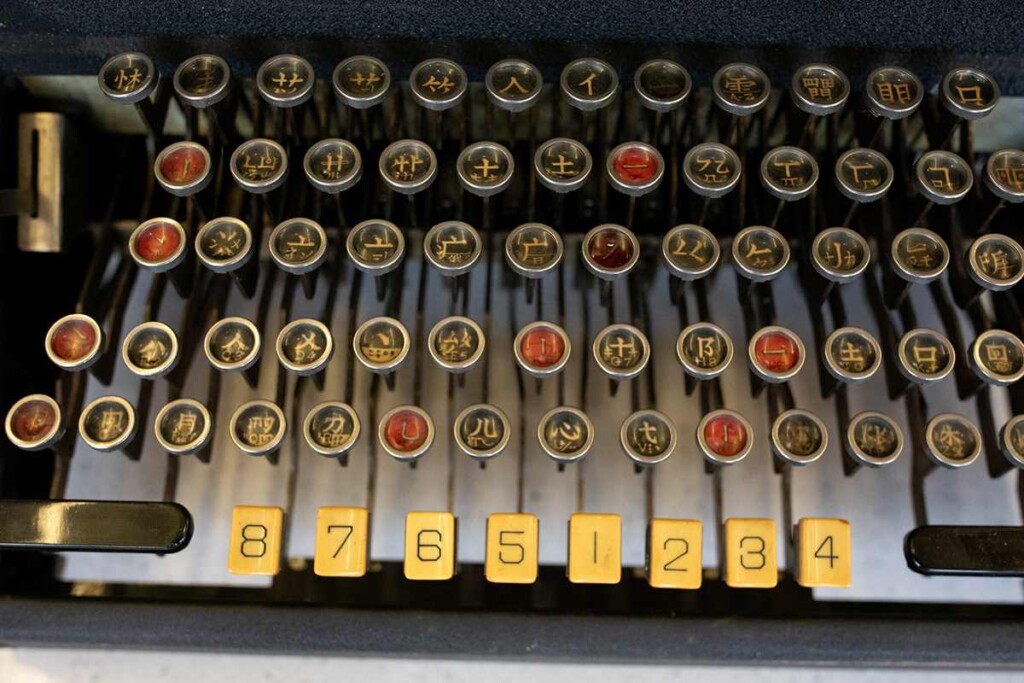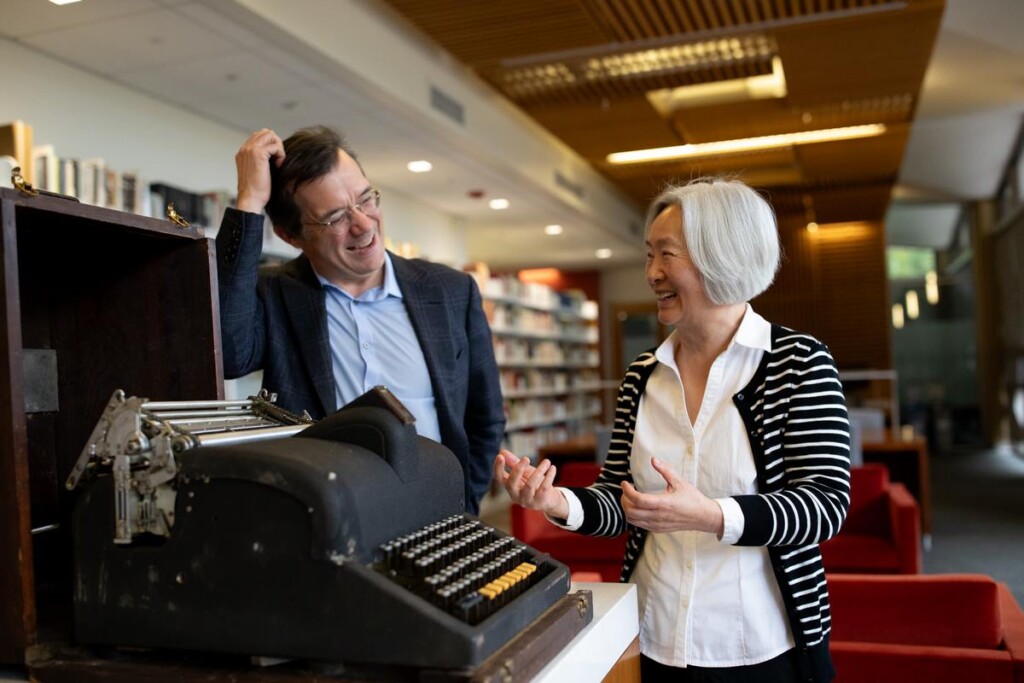Sometimes, the most extraordinary discoveries lurk in the most unexpected places. A couple’s simple spring cleaning led them to unearth a remarkable artifact—a rare typewriter that holds a pivotal place in the history of Chinese computing. Join this heartwarming journey as they discover its significance and ensure it finds a worthy home.

In a quaint New York home, Jennifer Felix and her husband were in the midst of spring cleaning when they stumbled upon a heavy, dusty machine tucked away in their basement. Curiosity piqued, they snapped some photos and hesitantly shared them on social media, wondering if anyone would recognize it. To their surprise, their post quickly erupted in a flurry of responses.
“What is this thing even worth? It weighs a ton!” her husband remarked, unsure of what they’d found. Little did they know that their vintage find was the Ming Kwai, the only known prototype of the first Chinese typewriter.
Amidst the myriad of comments, one kind soul pointed them towards a book by Stanford history professor Thomas Mullaney, titled The Chinese Typewriter: A History. One chapter detailed this groundbreaking invention, shedding light on its historical importance and the creative mind behind it.
Invented by the brilliant Lin Yutang in the 1940s, the Ming Kwai was revolutionary. Imagine trying to develop a typewriter for a language that boasts thousands of characters—simply unbelievable! Back then, there was no digital text input; instead, Lin ingeniously created a mechanical way for users to access characters, crafting an intricate dance of levers and keys.
Mullaney explains that the typewriter didn’t function like typical machines, where each key corresponded to a character. Instead, pressing a key initiated a complex series of rotations within a mechanical system which eventually led typists to the character they desired. Through a fascinating series of selections, they could finally print their chosen character on the page.

This ingenious machine represented a monumental leap for Chinese communication technology. The Carl E. Krum Company produced the sole prototype in 1947, but Lin’s hopes for mass production were dashed soon after as financial troubles led him to sell the rights to the Mergenthaler Linotype Company, where Jennifer’s grandfather had worked as a machinist.
As news of their discovery spread, museums and institutions worldwide expressed interest in acquiring the Ming Kwai. However, with support from a foundation founded by two Americans of East Asian descent, Stanford University was able to step in and secure the typewriter. Jennifer felt strongly that the school was the right custodian for this invaluable piece of history, particularly given how Mullaney’s research had illuminated its importance.
“I just didn’t want this unique, one-of-a-kind piece of history to vanish again,” Jennifer said, reflecting on the journey from basement find to historic treasure.
SHARE This Brilliant Invention That Heralded The Dawn Of Chinese Computing…
If you would like to see similar good news stories click here & Share this to brighten someone’s day.





